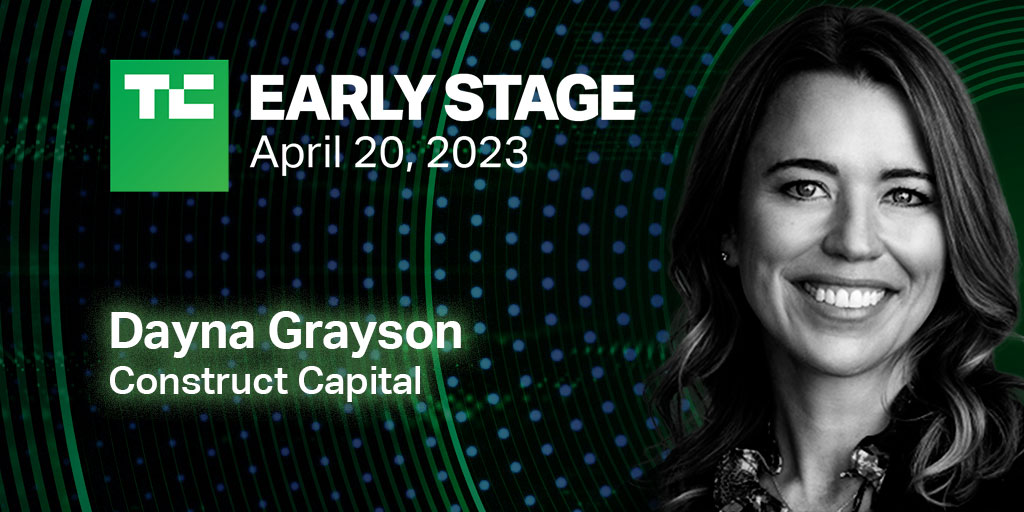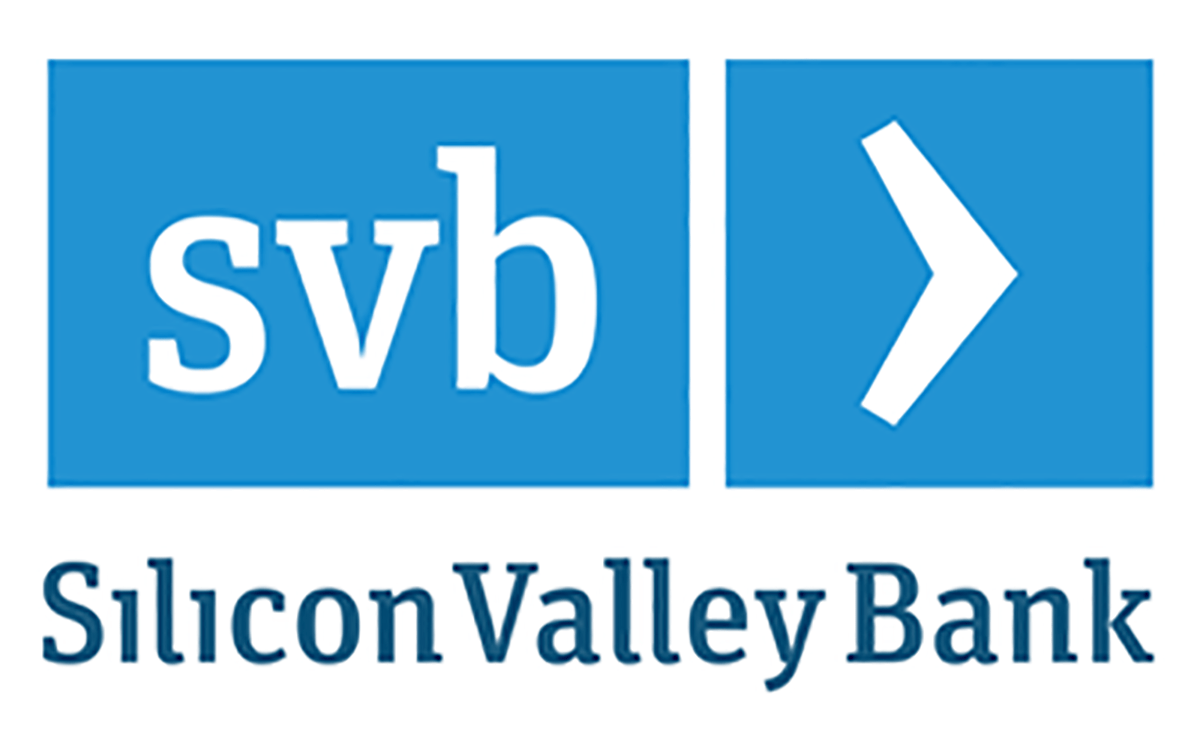Chatbot answers are all made up. This new tool helps you figure out which ones to trust.
Large language models are famous for their ability to make things up—in fact, it’s what they’re best at. But their inability to tell fact from fiction has left many businesses wondering if using them is worth the risk.
A new tool, created by Cleanlab, an AI startup spun out of a quantum computing lab at MIT, is designed to give high-stakes users a clearer sense of how trustworthy these models really are. Called the Trustworthy Language Model, it gives any output generated by a large language model a score between 0 and 1, according to how reliable that output is. This lets people choose which responses to trust and which to throw out. In other words: a BS-o-meter for chatbots.
Cleanlab hopes that its tool will make large language models more attractive to businesses worried about how much stuff they invent. “I think people know LLMs will change the world, but they’ve just got hung up on the damn hallucinations,” says Cleanlab CEO Curtis Northcutt.
Chatbots are quickly becoming the dominant way people look up information on a computer. Search engines are being redesigned around the technology. Office software used by billions of people every day to create everything from school assignments to marketing copy to financial reports now come with chatbots built in. And yet a study put out in November by Vectara, a startup founded by former Google employees, found that chatbots invent information at least 3% of the time. It might not sound much, but it’s a margin for error most businesses won’t stomach.
Cleanlab’s tool is already being used by a handful of companies, including Berkeley Research Group, a UK-based consultancy specializing in corporate disputes and investigations. Steven Gawthorpe, associate director at Berkeley Research Group, says the Trustworthy Language Model is the first viable solution to the hallucination problem that he has seen: “Cleanlab’s TLM gives us the power of thousands of data scientists.”
In 2021, Cleanlab developed technology that discovered errors in 34 popular data sets used to train machine learning algorithms by measuring the differences in output across a range of models that had been trained on that data. That tech is now used by several large companies, including Google, Tesla and the banking giant Chase. The Trustworthy Language Model takes the same basic idea—that disagreements between models can be used as a measure for the trustworthiness of the overall system—and applies it to chatbots.
In a demo Cleanlab gave to MIT Technology Review last week, Northcutt typed a simple question into ChatGPT: “How many times does the letter ‘n’ appear in ‘enter’?” ChatGPT answered: “The letter ‘n’ appears once in the word ‘enter’.” That correct answer promotes trust. But ask the question a few more times and ChatGPT answers: “The letter ‘n’ appears twice in the word ‘enter’.”
“Not only does it often get it wrong, but it’s also random, you never know what it’s going to output,” says Northcutt. “Why the hell can’t it just tell you that it outputs different answers all the time?”
Cleanlab’s aim is to make that randomness more explicit. Northcutt asks the Trustworthy Language Model the same question. “The letter ‘n’ appears once in the word ‘enter’,” it says—and scores its answer 0.63. Six out of 10 is not a great score and suggests that the chatbot’s answer to this question should not be trusted.
It’s a basic example, but it makes the point. Without the score you might think the chatbot knew what it was talking about, says Northcutt. The problem is that data scientists testing large language models in high-risk situations could be misled by a few correct answers and assume that future answers will be correct too: “They try things out, they try a few examples, and they think this works. And then they do things that result in really bad business decisions.”
The Trustworthy Language Model draws on multiple techniques to calculate its scores. First, each query submitted to the tool is sent to several different large language models. Cleanlab is using five versions of DBRX, an open-source large language model developed by Databricks, an AI firm based in San Francisco. (But the tech will work with any model, says Northcutt, including Meta’s Llama models or OpenAI’s GPT series, the models behind ChatpGPT, and so on.) If the responses from each of these models are the same or similar it will contribute to a higher score.
At the same time, the Trustworthy Language Model also sends variations of the original query to each of the DBRX models, swapping in words that have the same meaning. Again, if the responses to synonymous queries are similar it will contribute to a higher score. “We mess with them in different ways to get different outputs and see if they agree,” says Northcutt.
The tool can also get multiple models to bounce responses off one another: “It’s like, ‘Here’s my answer, what do you think?’ ‘Well, here’s mine, what do you think?’ And you let them talk.” These interactions are monitored and measured and fed into the score as well.
Nick McKenna, a computer scientist at Microsoft Research in Cambridge, UK, who works on large language models for code generation is optimistic that the approach could be useful. But he doubts it will be perfect. “One of the pitfalls we see in model hallucinations is that they can creep in very subtly,” he says.
In a range of tests across different large language models, Cleanlab shows that its trustworthiness scores correlate well with the accuracy of those models’ responses. In other words, scores close to 1 line up with correct responses and scores close to 0 line up with incorrect ones. In another test, they also found that using the Trustworthy Language Model with GPT-4 produced more reliable responses than GPT-4 by itself.
Large language models generate text by predicting the most likely next word in a sequence. In future versions of its tool, Cleanlab plans to make its scores even more accurate by drawing on the probabilities that a model used to make those predictions. It also wants to access the numerical values that models assign to each word in their vocabulary, which they use to calculate those probabilities. This level of detail is provided by certain platforms, such as Amazon’s Bedrock, that businesses can use to run large language models.
Cleanlab has tested its approach on data provided by Berkeley Research Group. The firm needed to search for references to healthcare compliance problems in tens of thousands of corporate documents. Doing this by hand can take skilled staff weeks. By checking the documents using the Trustworthy Language Model, Berkeley Research Group was able to see which documents the chatbot was least confident about and only check those. It reduced the workload by around 80%, says Northcutt.
In another test, Cleanlab worked with a large bank (Northcutt would not name the firm, but says it is a competitor to Goldman Sachs). As with Berkeley Research Group, the bank needed to search for references to insurance claims in around 100,000 documents. Again, the Trustworthy Language Model reduced the number of documents that needed to be checked by hand by more than half.
Running each query multiple times through multiple models takes longer and costs a lot more than the typical back-and-forth with a single chatbot. But Cleanlab is pitching the Trustworthy Language Model as a premium service that can automate high-stakes tasks that would have been off limits to large language models in the past. The idea is not for it to replace existing chatbots but to do the work of human experts. If the tool can slash the amount of time that you need to employ skilled economists or lawyers at $2000 an hour the costs will be worth it, says Northcutt.
In the long run, Northcutt hopes that by reducing the uncertainty around chatbot’s responses his tech will unlock the promise of large language models to a wider range of users. “The hallucination thing is not a large language model problem,” he says. “It’s an uncertainty problem.”


